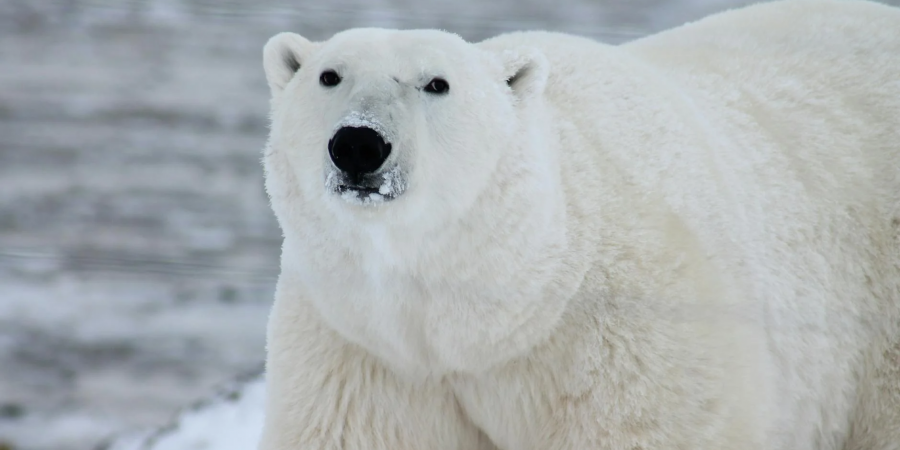

COMMON NAME: Polar Bear
SCIENTIFIC NAME: ursus
TYPE: Mammal
DIET: Carnivore
LIFE SPAN IN THE WILD: 25 to 30 years
Tail: 3 to 5 inches
Head and body: 7.25 to 8 feet 900 to 1,600 pounds in weight
🐻❄️🐻❄️🐻❄️A polar bear is a large, white northern bear belonging to the Ursidae family that lives in the Arctic. The polar bear is the biggest and most formidable carnivore on land, with the exception of one subspecies of grizzly bear. It is a very hazardous animal since it has no natural predators and has no fear of people.
Seals are the main meal of polar bears. When a seal in the water surfaces, polar bears frequently wait for it to do so by quietly resting at its breathing hole in the ice. Another way a polar bear hunts is by swimming under the ice. Polar bear hunting is becoming more difficult, though, due to climate change. Compared to former times, ice melts earlier and re-forms later. The polar bear has to forage for alternative, less nourishing food sources in the absence of sea ice.
Polar bears swim in the coastal waters of the Arctic and roam the ice sheets. Their enormous front paws, which they use to paddle, have a small webbed pattern, and they are quite good swimmers. Though it's likely that they float on sheets of ice for the most of that trip, some polar bears have been spotted swimming hundreds of miles from land. Pregnant polar bears dig dens in the fall into the ground and snowbanks, where they will spend the winter giving birth to one to three cubs. The mother and her cubs emerge from their den together in the spring. She will guard them and instruct them in hunting at that period. In 1973, the United States, Canada, Denmark, Norway, and Russia signed a convention to safeguard polar bears
REASON FOR WHITE FUR:
🐻❄️🐻❄️🐻❄️The reason polar bears have white fur is so they can blend in with their surroundings. In Arctic conditions, their coat blends in so perfectly that it occasionally appears to be a snowdrift. It's interesting to note that polar bears don't have white pigment on their coats; instead, their skin is black and they have hollow hair. They are insulated from the chilly Arctic air by a double-layered coat and a large layer of body fat that keeps them warm while swimming.
*Grizzly bears are tougher than polar bears


